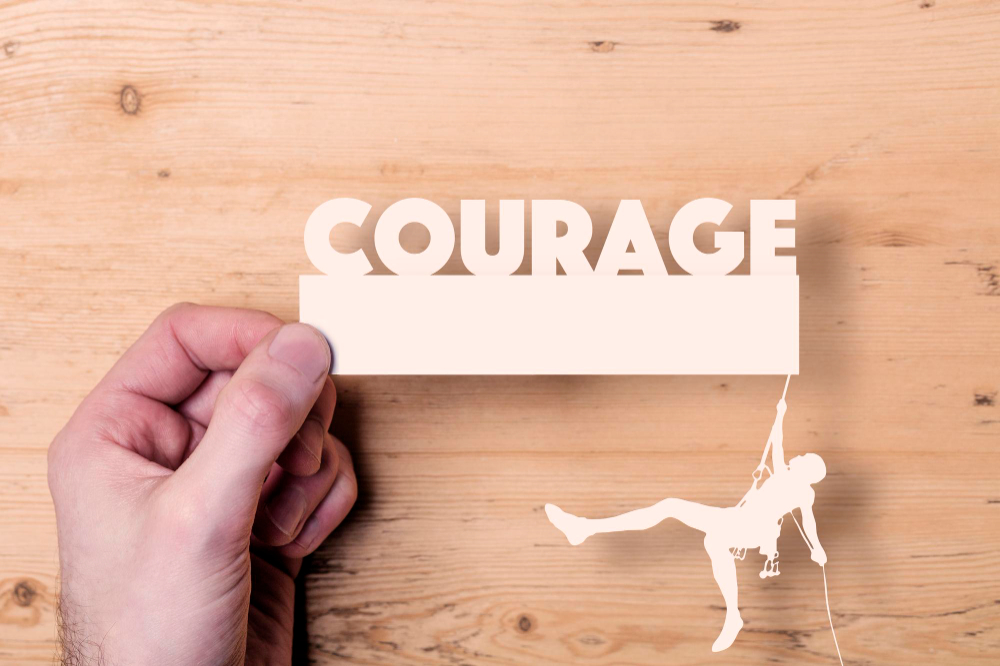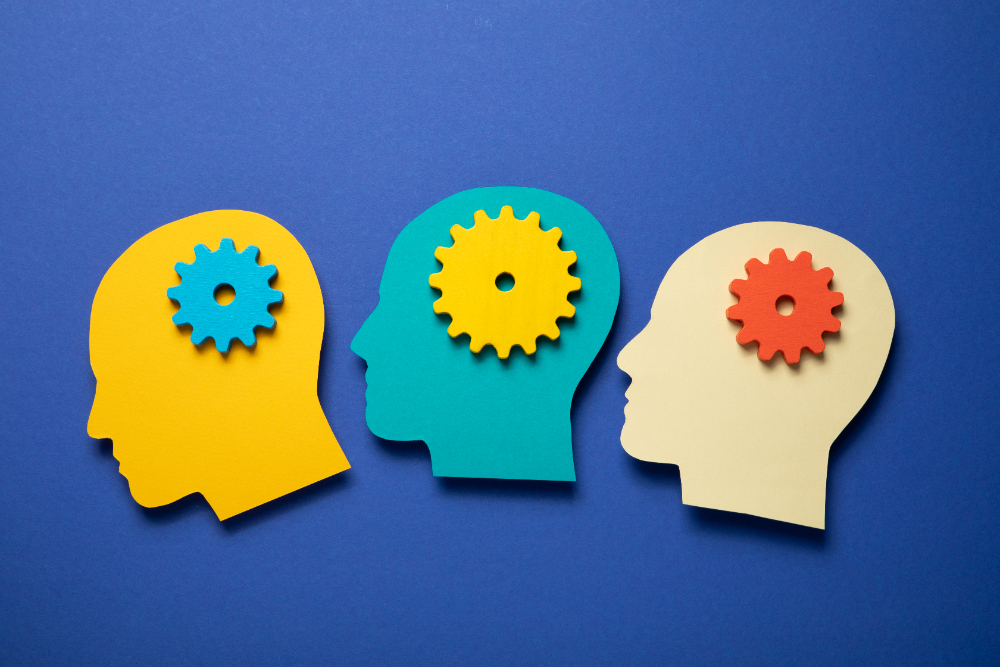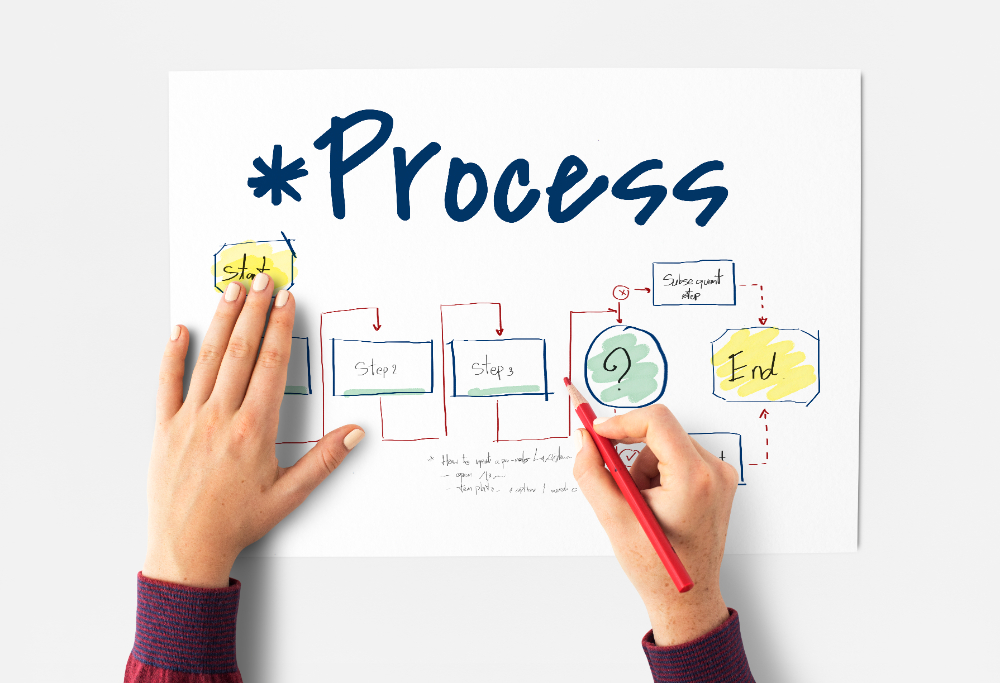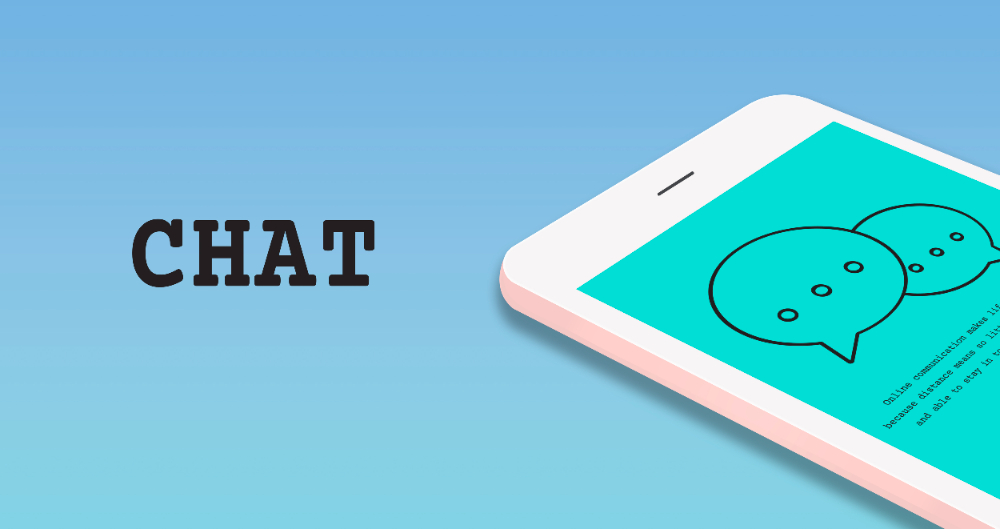Table of Contents
- What is Resilience?
- 7Cs of Resilience
- Importance of Building Resilience into Education Systems
- How Educators Can Build Resilience in Students?
- How Students Can Build Resilience in Themselves?
- Role of Educational Tools in Building Resilience among Learners
- Case Studies and Success Stories
- Conclusion: Strong Resilience in Learners Leads to Stronger Communities
Today's world is full of various challenges. Life puts us through different trials and tribulations that test our courage and strength. In this scenario, having resilience is crucial to navigate through different life scenarios.
In this situation, it is the responsibility of educators and educational institutes to build resilience in a student's life. It is also crucial for students to build resilience in themselves through various mental strategies.
What is Resilience?
USAID defined resilience in these words:
“The ability of people, households, communities, countries, and systems to mitigate, adapt to and recover from shocks and stresses in a manner that reduces chronic vulnerability and facilitates inclusive growth.”
In an educational setting, resilience means facing educational challenges and stress with courage and determination. It means bouncing back from the ups and downs of life. It doesn't mean that you have to run away from challenges but you should learn how to solve them to keep moving toward your goals.
7Cs of Resilience
Dr. Kenneth Ginsburg found seven components that are essential to teaching resilience to learners. If a teacher or students become successful in implementing these seven components in their lives, they will become resilient people.
Competence: It includes mastering various skills to overcome obstacles. A person should keep learning new skills to grow and overcome challenges in life.
Confidence: One should have confidence in themselves that they can overcome obstacles. You should have belief in your abilities.
Connection: You should have connections with various peers, fellows and seniors. It would help you in learning different coping techniques when you are in trouble. It also gives you a sense of belonging and empathy.
Character: A person should have a strong character that possesses honesty, integrity, and various social ethics. A person should face challenges with dignity and come out of it by sticking to their values.
Contribution: Contributing to something bigger than you brings a purpose to your life. This gives you a direction that helps you in overcoming challenges that will come in your pathway. By contributing something positive to society, you will get essential motivation.
Coping: A person should develop positive coping techniques, such as exercise, to build resilience in themselves. It will promote emotional well-being and mental health too.
Control: You should know what things are in your control and what are not. A person should let go of those things that they can't change and focus on those that are in their control.
Importance of Building Resilience into Education Systems
When students have resilience, they can find a balance in their lives and can achieve their to-do list with ease. They would remain confident and determined to achieve their goals even if they faced trials. The resilience will also help them in determining that the work is taking a toll on their mental health and they need help.
It also builds all the essential skills in a student that are needed to keep growing in their academic and professional lives. They would have a flexible mindset that could help them cope with various trials. They could adapt to changes with an open heart, and manage their stress and anxiety with grace.
They become problem-solvers who can solve problems with creativity. They will immediately start looking for solutions rather than remain indulged in their problems.
Studies have found that resilient students can achieve academic success and are more good employees than others.
How Educators Can Build Resilience in Students?
Cultivating Growth Mindset: You should cultivate a growth mindset in students that promotes the idea that intelligence can be developed with time. Students shouldn't depend on their innate abilities but should build their skill set over time. It would help them in facing issues as a learning opportunity to grow. They will also learn from their failures. For this, you should promote a positive mindset toward failures and opportunities to build skills in the classroom.
Teaching Coping Skills: You should teach various coping skills to students. It includes meditation, journaling, deep breathing, exercises and talking to a trusted mentor.
Collaboration: You should give different group activities that could foster collaboration in the classroom. They could build connections and have healthy relationships with each other. Peer collaboration and activities should be a part of your curriculum. You can schedule regular check-ins one-on-one, too, in a week.
Celebrate Achievements: You should celebrate the small achievements of your students to develop competence and collaboration in them. Celebrating and discussing the examples of resilience of students will also motivate others to do the same.
Promote Flexible Learning: You should introduce a flexible curriculum that will promote open communication and opportunities for others to grow.
How Students Can Build Resilience in Themselves?
See Challenges as Opportunities: You should see challenges as an opportunity to grow by keeping a growth mindset and flexible approach in your life. Mary Alvord, who is a psychologist and author, says: “Resilience works like a muscle we can build through effort and repetition, and we want to keep our muscles strong and flexible so we can think of many ways to solve a problem”. It means that you should find various ways of solving a problem rather than sulking about it.
Set Manageable but Brave Goals: You should break down complex goals into small and manageable steps through a SMART strategy. It will help you in achieving your goal and develop resilience gradually. Moreover, you should build brave goals that challenge you to come out of your comfort zone.
Learn from Mistakes: You should learn from your mistakes and failures rather than feeling discouraged about them. Psychologist Price-Mitchell believes that learning from one failure is paramount for a resilient person. So, learn from failure and try not to repeat the mistake next time.
Build a Community: You should build a community around yourself that contains your peers, friends and family. This support system could collaborate with you in times of difficulty and can help you in coming out from it. You should also seek help from experts whenever you are in need.
Self-Care Activities: You should add various self-care activities in your life that can help you in coping with various issues. It includes journaling, healthy eating, quality sleeping, exercise, meditation and deep breathing. You should do some fun activities daily to keep yourself relaxed, and your mind prepared for challenges.
Role of Educational Tools in Building Resilience among Learners
Different educational tools can help educators in building resilience in the students in the classroom. The major tool that they can use is the Learning Management System (LMS). This tool allows personalized learning and collaboration in the classroom. It also helps in building new skill sets in the students.
One example of LMS is Google Classroom. It allows teachers to add essential resources to the curriculum that enable students to learn at their own pace. It enables teachers to collaborate and communicate with students outside the classroom. Educators can introduce multimedia content in the classroom through it. Moreover, Zoom is also an interesting tool for collaboration among peers.
Various MOOC platforms offer different short courses for free. These courses cover various types of skills that can help students in building resilience.
Moreover, digital journals and notebooks can help students in developing a journaling habit that is a good coping mechanism.
Case Studies and Success Stories
A prominent example of a resilient learner is Hellen Keller. She was deaf, mute and blind but remained resilient in learning new things. It is with resilience that she became a famous writer around the globe.
She has said once: “It is not blindness or deafness that bring me my darkest hours. It is the acute disappointment in not being able to speak normally. Longingly I feel how much more good I might have done, if I had only acquired natural speech. But out of this sorrowful experience, I understand more fully all human striving, vaunted ambitions, and the infinite capacity of hope.”
This quote portrays the true essence of resilience as hope, a positive mindset, a struggle to strive, and ambitions are needed to achieve your goals and overcome all the hurdles.
Conclusion: Strong Resilience in Learners Leads to Stronger Communities
Building resilience is a multifaceted endeavor that needs a lot of strategies and coping mechanisms. It is crucial for shaping the future of students in the 21st-century world. It equips them to face all the challenges that life will throw in their direction, making them happy and successful people.
In this journey, every educational stakeholder should play a significant role. Community, institutes and parents should help educators and students in building resilience in the educational setting. Only in this way can they make a strong future community.

































Comments are closed.